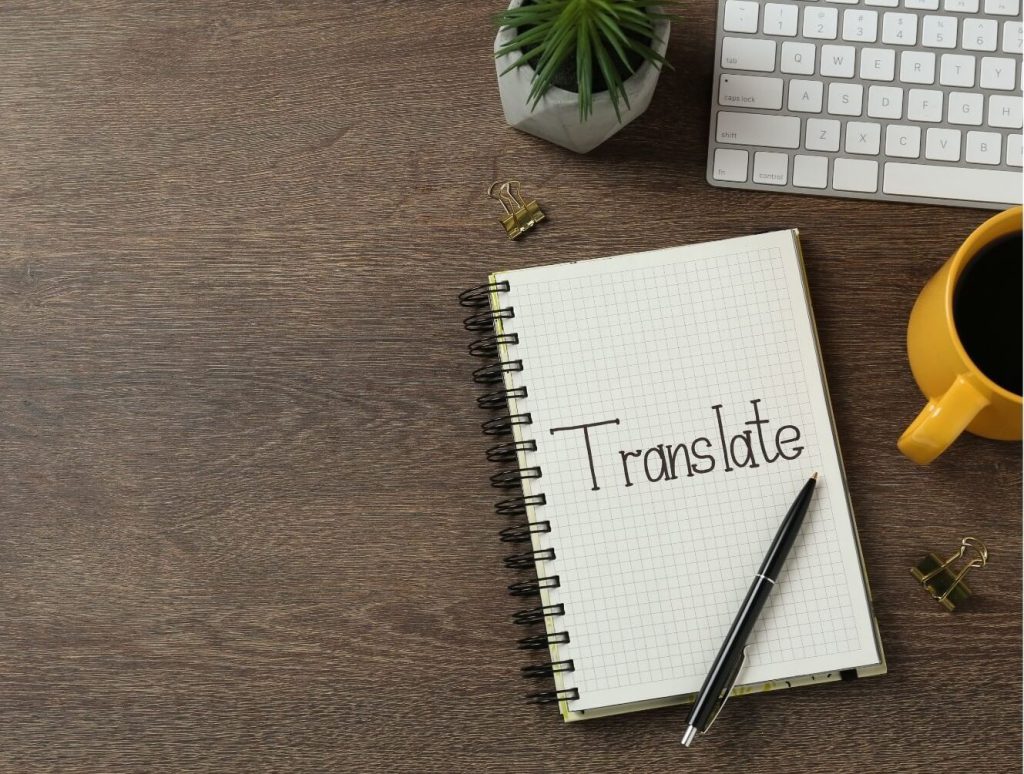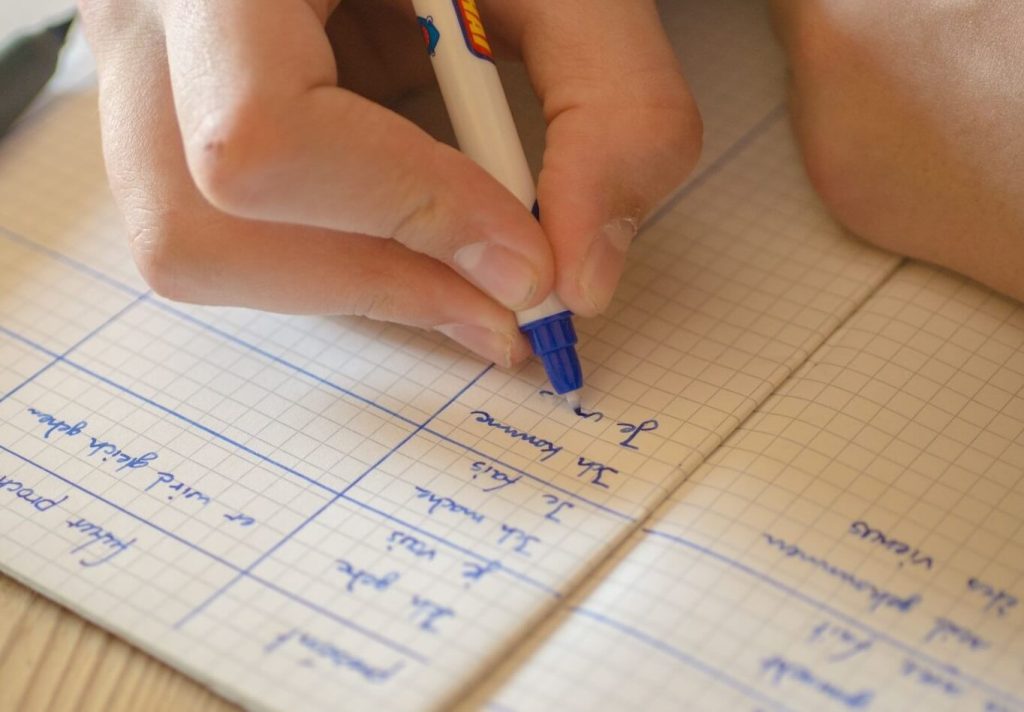
The Old English language, also known as Anglo-Saxon, was the earliest form of the English language, spoken in England from 450 to 1150 AD. It is vastly different from Modern English, making it difficult for most people to read and understand.
Today, Old English language translators help bridge the gap between these two versions, allowing historians, literature enthusiasts, and linguists to translate Old English texts, poetry, and historical records into Modern English.
This guide explores Old English translation, key differences between Old and Modern English, and how translators simplify the transition.
What is Old English?
Old English (Ænglisc) was the language spoken by the Anglo-Saxons in England before the Norman Conquest of 1066. It was heavily influenced by Germanic languages, particularly Old Norse and Latin.
Characteristics of Old English
✔ Uses runic and Latin alphabets.
✔ Has a complex grammar system with different verb conjugations and noun cases.
✔ Vocabulary differs greatly from Modern English.
✔ Influenced by Viking and Latin loanwords.
💡 Example:
- Old English: “Hwæt! Wē Gār-Dena in geārdagum, þēodcyninga, þrym gefrūnon.”
- Modern English: “Lo! We have heard of the glory of the Spear-Danes in the days of old, of the kings of the people.” (From Beowulf)
Why is Old English Difficult to Understand?
Old English differs significantly from Modern English due to grammar, pronunciation, and vocabulary changes.
Key Differences Between Old and Modern English
| Feature | Old English | Modern English |
| Alphabet | Used runes and Latin script | Uses the Latin alphabet |
| Grammar | Complex noun cases (nominative, accusative, genitive, dative) | Uses simplified sentence structure |
| Word Order | More flexible due to cases | Follows subject-verb-object order |
| Vocabulary | Different words, e.g., “hūs” (house) | Many French and Latin loanwords added over time |
| Pronunciation | Hard consonants and different vowel sounds | Softer, more fluid pronunciation |
💡 Example:
- Old English: “Ic lufie þē.”
- Modern English: “I love you.”

How Old English Language Translators Work
Old English translators use linguistic databases, historical texts, and AI-powered tools to convert words and sentences into Modern English equivalents.
Types of Old English Translation Tools
✔ Online Translators – Provide basic word translations (e.g., “cwen” → “queen”).
✔ Linguistic Software – Uses machine learning for advanced translations.
✔ Dictionary & Word Lists – Useful for scholars and students studying Old English.
✔ AI-Powered Translators – Improve accuracy using historical text analysis.
Example:
- Old English: “Se cyning rīxode ofer lande.”
- Modern English: “The king ruled over the land.”
The Best Old English Translators & Dictionaries
Online Old English Translators
✔ Old English Translator (Old-Englisch.net) – Basic word-to-word conversion.
✔ Glosbe Old English Dictionary – Offers bilingual translations.
✔ Lingua Franca’s Anglo-Saxon Translator – More accurate sentence translation.
Old English Dictionaries
✔ Bosworth-Toller Anglo-Saxon Dictionary – Best for academic research.
✔ Oxford English Dictionary (OED) – Historical Thesaurus – Tracks word evolution.
💡 Tip: If translating full sentences, use multiple resources to ensure accuracy.
Challenges in Translating Old English
Word Meanings Have Changed Over Time
✔ Some Old English words no longer exist in Modern English.
✔ Some words have changed meaning (e.g., “wīf” meant “woman,” not “wife”).
Complex Sentence Structure
✔ Old English uses inverted word order and cases, making translation difficult.
✔ Some phrases need interpretation rather than direct translation.
Dialect Differences
✔ Old English had four dialects (West Saxon, Mercian, Northumbrian, Kentish).
✔ Some words and grammar rules varied between dialects.
💡 Example: “Giefu” means “gift”, but some dialects spelled it “gyfu”.

How to Learn & Use Old English Translation Skills
Learning Old English Basics
✔ Study common words and phrases.
✔ Learn Old English grammar rules (verb conjugations, noun cases).
✔ Read Old English texts (Beowulf, Anglo-Saxon Chronicle).
Using Old English in Modern Times
✔ Translate historical texts and medieval literature.
✔ Understand historical records and manuscripts.
✔ Use Old English in fantasy writing, movies, and historical fiction.
💡 Tip: Read dual-language Old English books to compare translations.
Conclusion
Translating Old English into Modern English can be challenging but highly rewarding for language enthusiasts, historians, and researchers. Old English language translators help simplify the transition, making historical texts more accessible.
Key Takeaways:
✅ Old English has different grammar, vocabulary, and pronunciation compared to Modern English.
✅ Online translators, dictionaries, and AI tools help convert Old English to Modern English.
✅ Understanding noun cases, dialects, and word evolution is essential for accurate translation.
✅ Old English is useful for studying history, literature, and linguistics.
💡 Want to explore Old English? Start with simple word translations and read classic Anglo-Saxon texts today! 📜📖